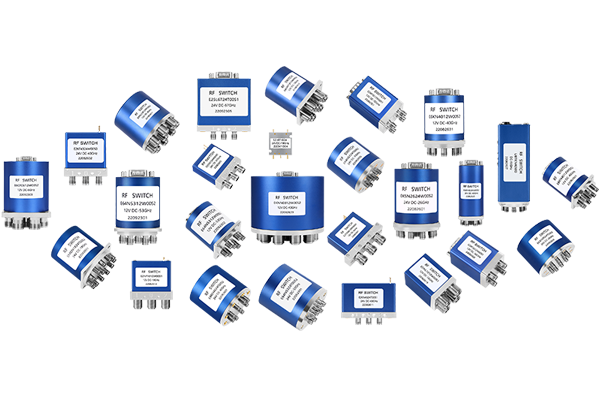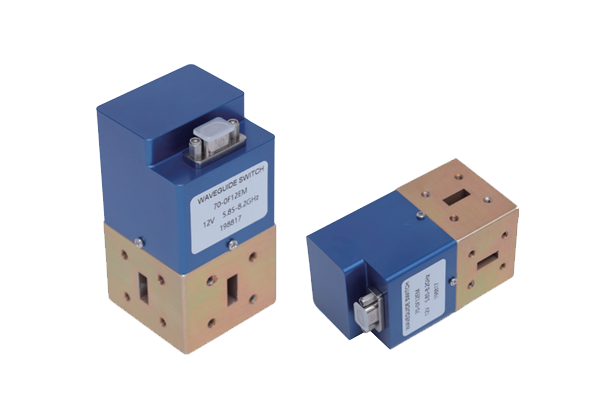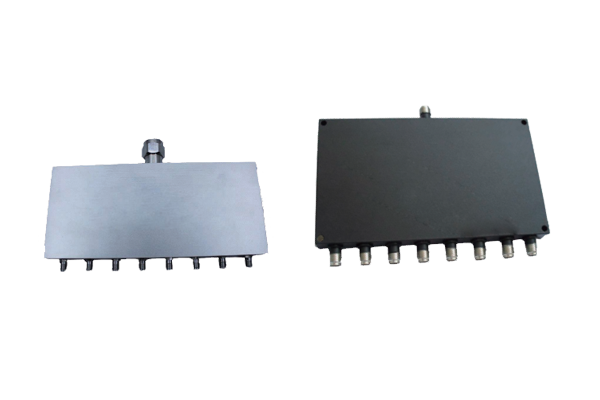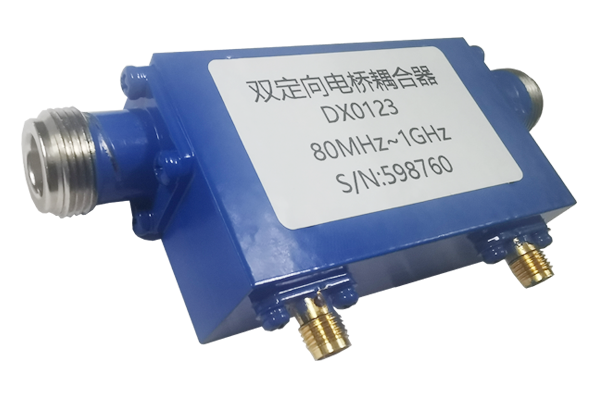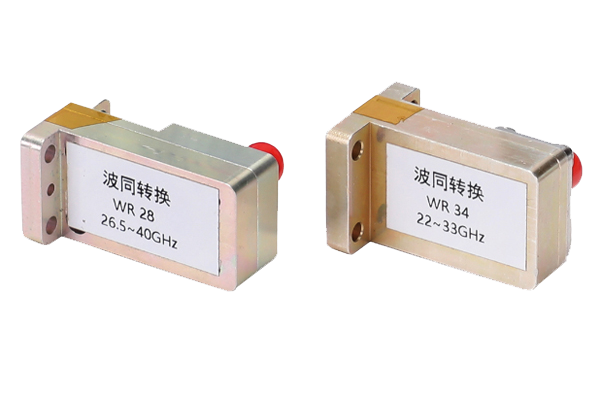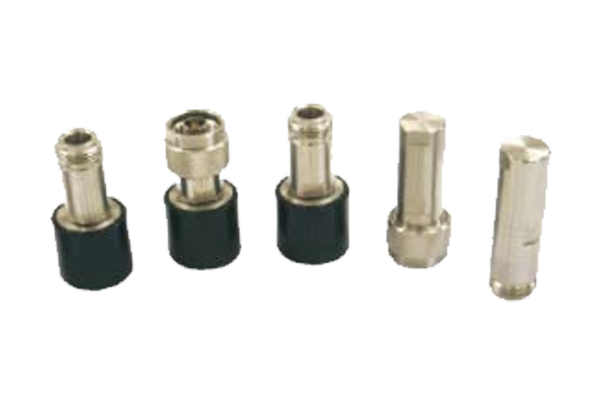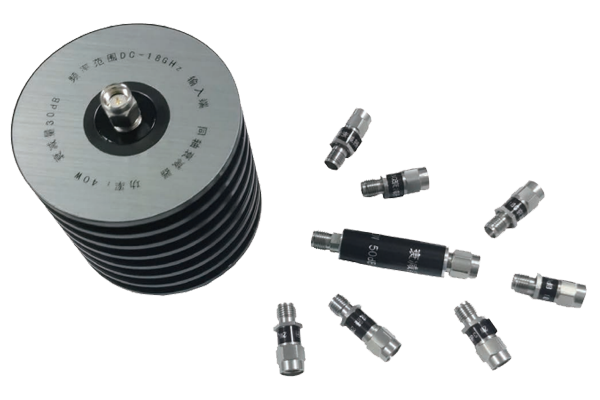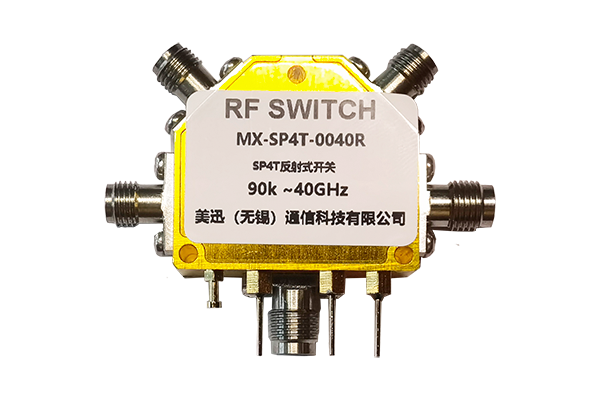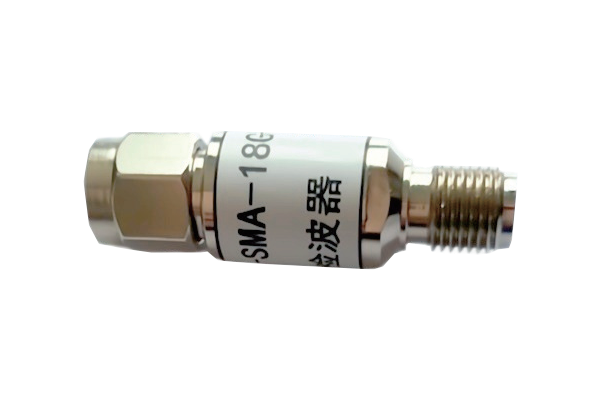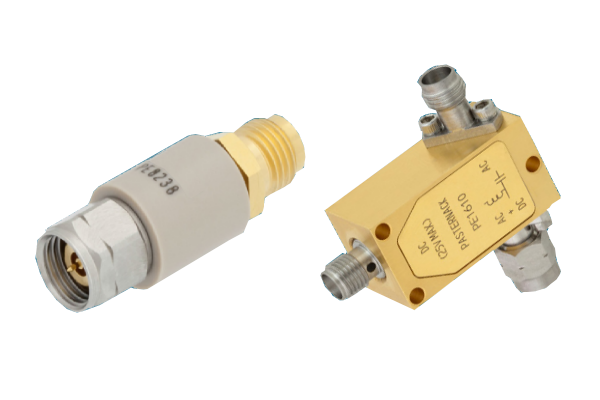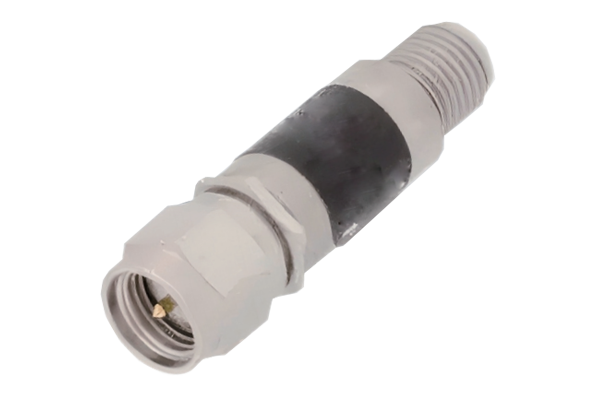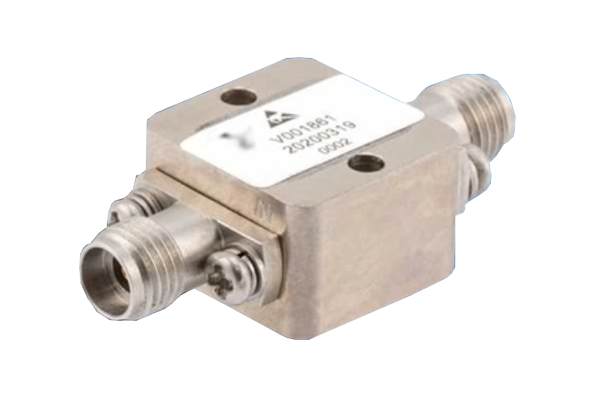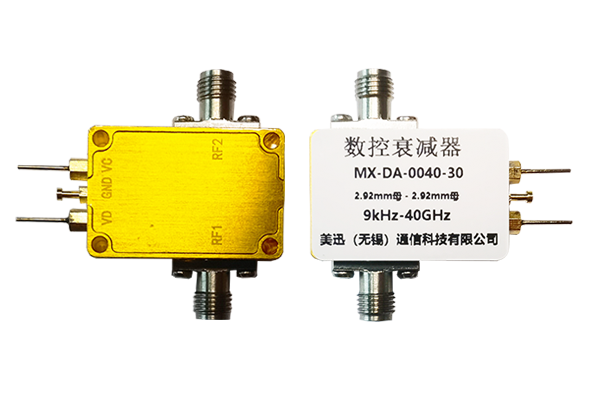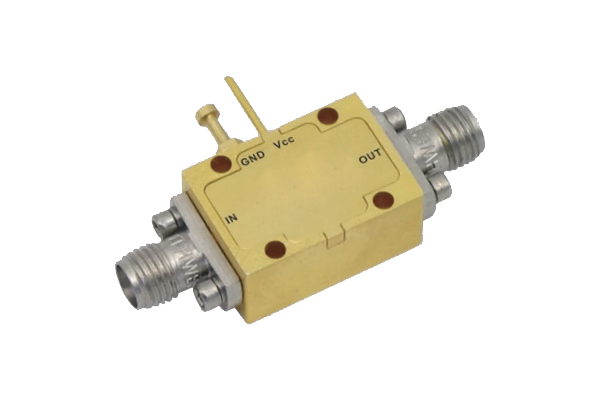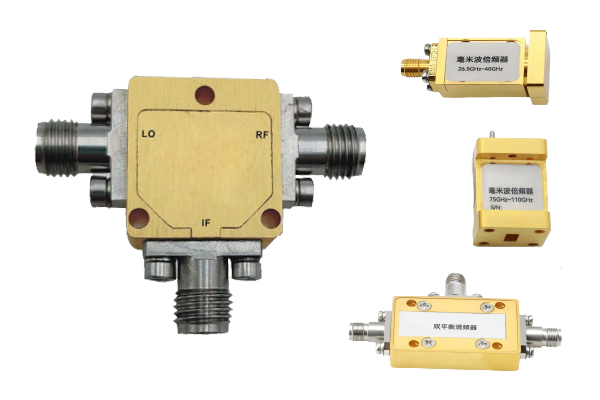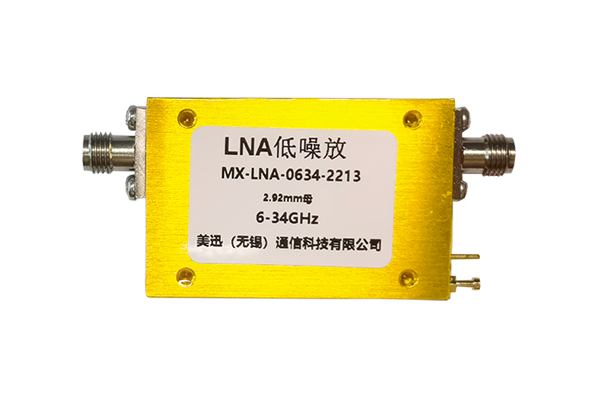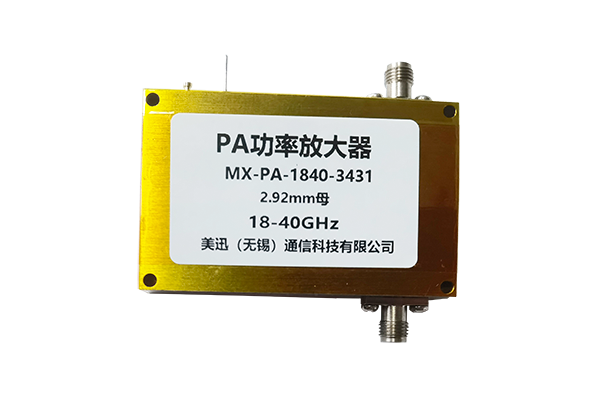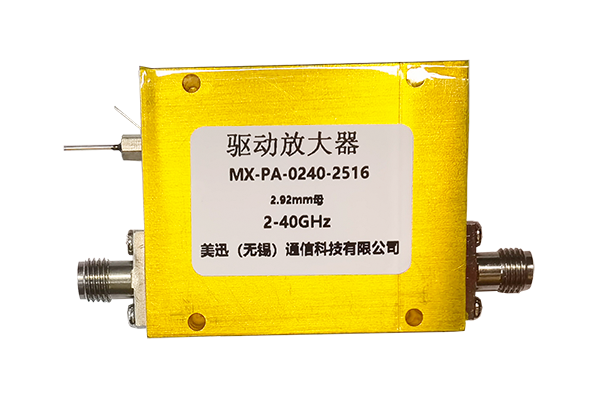What's the Role of Power Amplifiers in RF Circuits
Role of Power Amplifiers in RF Circuits
Signal Power Boosting
- Amplify weak RF signals to transmission-ready power levels
- Enable signals to travel through airwaves to receivers
- Essential for both short-range (Bluetooth) and long-range (cellular) communications
Efficient Power Transfer
- Match impedance between RF source and antenna load
- Maximize power delivery while minimizing reflections
- Prevent efficiency loss and component damage
Signal Integrity Maintenance
- Preserve signal shape in complex modulation schemes (QAM in 4G/5G)
- Operate in linear range or use linearization techniques
- Minimize distortion that causes data reception errors
Range and Coverage Enhancement
- Overcome path losses from distance and obstacles
- Compensate for interference from other signals
- Extend effective communication range
Key Summary
RF power amplifiers serve as the critical final stage in wireless transmitters, performing these essential functions:
- Boosting signal power to transmission levels
- Ensuring efficient power transfer through impedance matching
- Maintaining signal integrity for accurate data transmission
- Extending the operational range of wireless systems
These capabilities make power amplifiers indispensable components in modern wireless communication systems.



